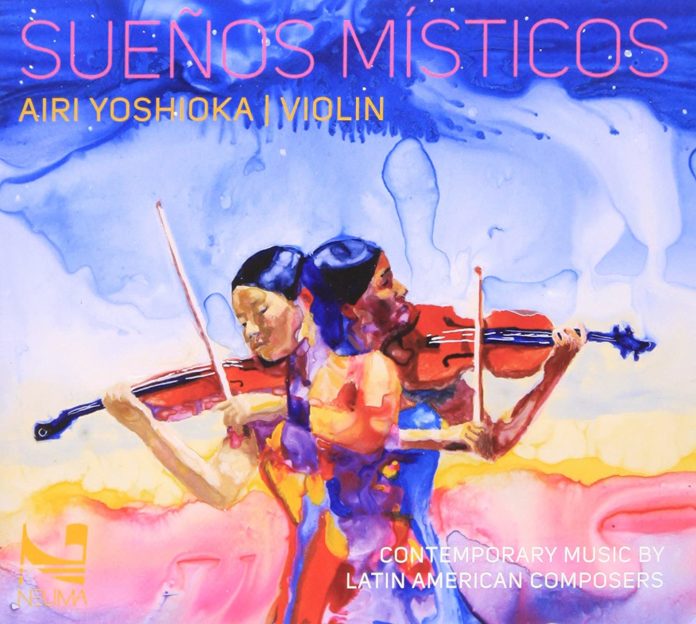Much has changed in Western art music since the modern violin family was developed in Northern Italy in the early 16thcentury. Formal conventions have come and gone, tonality has evolved, broadened and dissolved, and electronic technologies have come to play a central role not only in the reproduction and dissemination of new work, but in its creation, development and preservation as well. During all of this what has stayed constant is the solo violin’s capacity for a particularly direct, lyrical expression and its versatility in accommodating—and attracting–a diversified catalogue of work for it.
Work for unaccompanied violin was first composed in the late 17th century and reached an early flowering with J. S. Bach’s six Sonatas and Partitas for solo violin. These pieces, with their incorporation of multiple stops, polyphony and broad compass, set the pattern for virtually all solo violin writing that followed. Since Bach many other composers, including Paganini, Reger, Hindemith, Honegger, Krenek, Bartók and Ysaÿe, have written for violin alone. Airi Yoshioka’s Sueños Místicos, a collection on the Neuma label of new music by composers either from or with a connection to Latin America, features three works for solo violin that in different ways engage the legacy of the literature for the unaccompanied instrument.
Yoshioka, a Japanese native now teaching at the University of Maryland, Baltimore County, specializes in playing chamber music, which she does with the ensembles The Damocles Trio, The Modigliani Quartet, and others. She also has an interest in works for violin and electronics, one of which, the highly kinetic Axon (2002) by Cuban-American composer Tania León, is included in this set. Two works for violin and piano are also represented, but it is on the solo violin pieces that the recording centers.
Argentinian composer Paulo Ortiz’s Five Little Miloguitas (1998) is a peculiarly Argentinian and modern variation on the dance suite for a solo string instrument. Rather than setting the old court dances of the Baroque era—the allemande, courante, jig and others—he takes his inspiration from the tango. Throughout these five short pieces of about a minute and a half each the tango rhythms are bent and refracted but ultimately left recognizable by their sharp accents; nor is the tango’s dramatic lyricism lost in translation. In Errollyn Wallen’s single-movement For Airi (2008) cadenza-like, virtuosic flourishes cohabit with passages quoted from the Peruvian folk melody “El Cóndor Pasa.”
And yet even within this modern company the Baroque dance suite still has a place, albeit after undergoing a degree—or several–of transformation. Venezuelan composer Paul Desenne’s 2006 Suite for Violin Solo is a parodic appropriation of this venerable form, alluding as it does to the Bach suites for solo cello. This isn’t surprising given Desenne’s background as a cellist and his studies with William Christie, a specialist in French Baroque music. But he also welds an eclectic set of influences into a work each of whose individual parts has its own distinct, slightly off-center character. While the prelude draws on a major key, minimalist-inflected language of rhythmic momentum—itself an oblique counterpart of the perpetual motion rhythms of the Baroque–, the allemande, with its descending lines and frequent chording, has a pronounced modal flavor. The rapid single lines of the courante contrast with the slow counterpoint of the adagio, which itself is unlike the dance-like bouree with its quick passages, harmonics and leaps of register. The final movement of the suite follows French Baroque tradition by being cast as a triple meter jig, although one of non-traditional tonality.







